Select the combination of options below that you want for your perfect plant. Only those plants in our database that match all of your criteria will be returned. Happy plant hunting!
Our plant selector:
Page 3 of 5
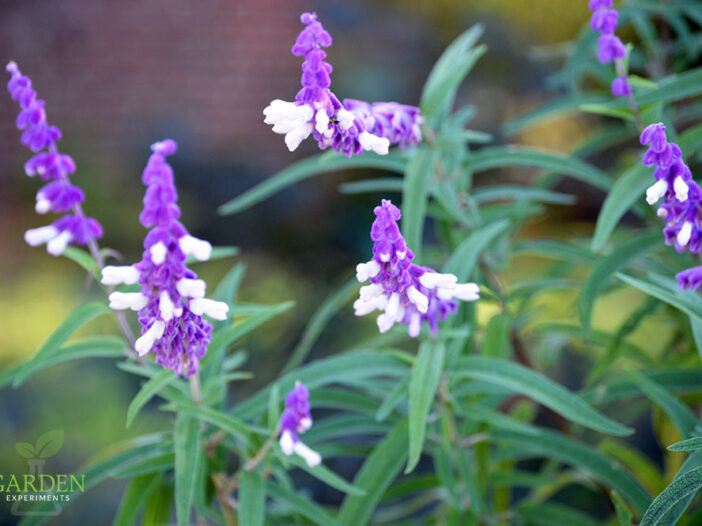
Mexican Salvia – Fall Blooming, Deer & Drought Resistant
Also known as Mexican bush sage, this salvia produces great fall color (purple and white) that attracts hummingbirds, bees, and butterflies. It looks great mixed in with other flowers for interesting color combinations, or planted in a bunch to create a nice edge or border. How to Grow Mexican Salvia This plant thrives in full […]
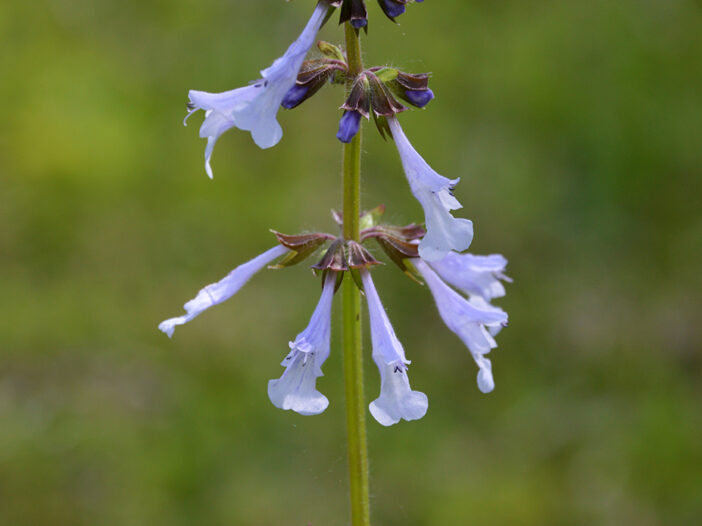
Lyreleaf Sage – Mississippi Wildflower
Spring comes early in Mississippi. While my friends who live in states to the north continue to fight through snow and ice, I start to see the fresh green of new plant growth emerge from my lawn in mid to late-March. The early arrival of spring weather is one of my favorite things about living […]
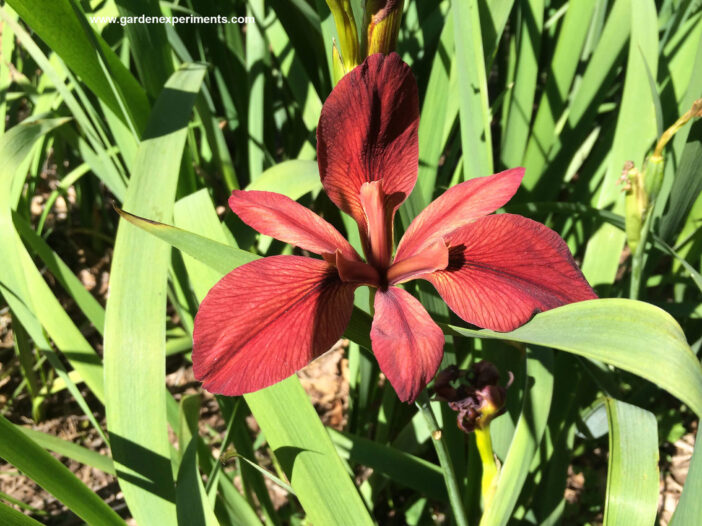
Louisiana Irises
If you want an iris that has a lot of color but is very low maintenance, maybe the Louisiana iris if for you. The wide variety of colors and shapes in these irises make them very popular. This is a favorite of mine and I find the unique flowers gorgeous. The leaves are attractive, providing […]
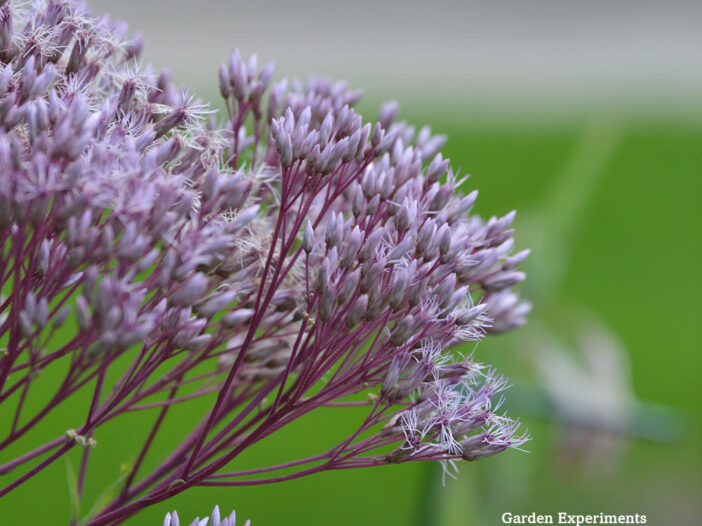
Joe Pye Weed: Native Plant that Attracts Bees & Butterflies
Despite the name, you’ll find this ‘weed’ in more and more gardens. Joe Pye Weed is a good garden staple for attracting pollinators from bees to butterflies. I planted it last fall and this summer the blooms have been prolific and I have seen all sorts of bees, wasps, and flies feeding on the nectar. […]
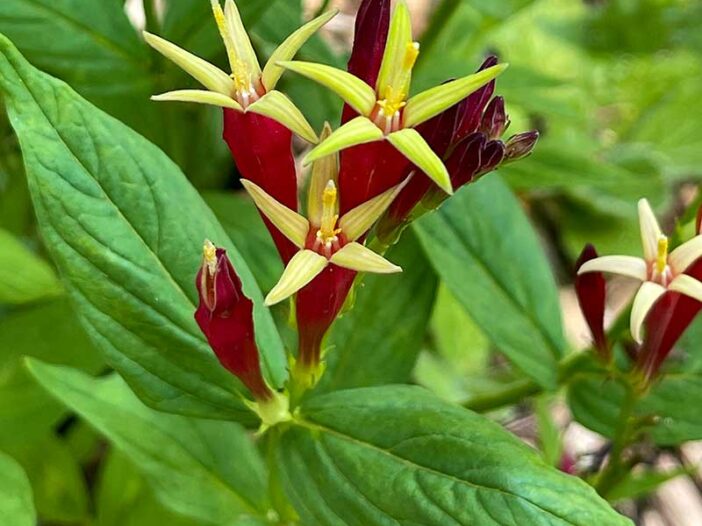
Indian Pink – A Beautiful Wildflower for Shade Gardens
One of the prettiest wildflowers you can find in the woods is Indian Pink, Spigelia marilandica. This native plant has bright red tubular flowers with a yellow interior that ends in a 5-pointed star. The rich, red color really stands out making it a great flower for the shady areas of your garden. Where Does […]
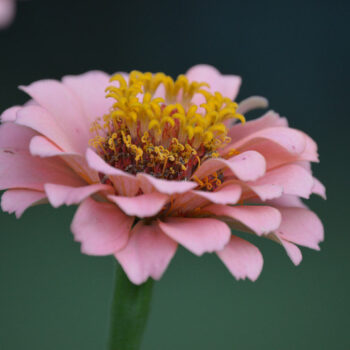
How to Grow Zinnias
Zinnias are annual plants in the Asteraceae family that offer various heights, colors, and types of flowers. Zinnias are very easy to grow and require little maintenance but offer bright, showy flowers. They attract butterflies and make excellent cut flowers. They are also deer resistant Plant heights range from 6 inches to several feet tall. […]
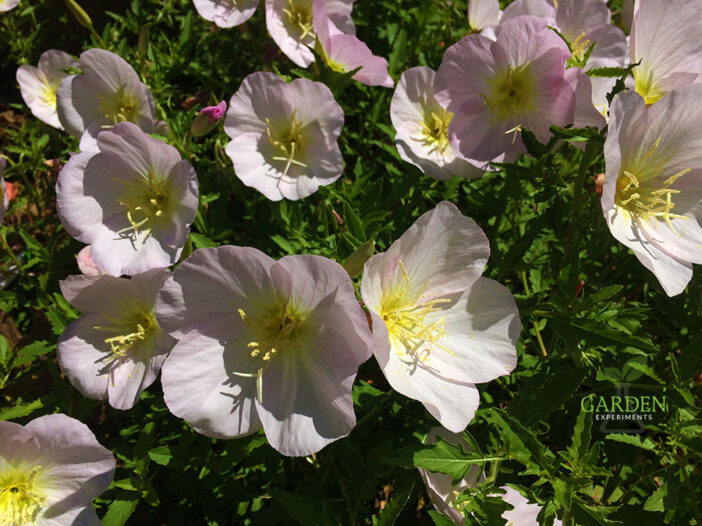
How to Grow Pink Evening Primrose
Sundays after church, my dad would pile the family into the car and take us for a drive through the countryside just outside the boundaries of the big city. We would see miles of delicate pink flowers lining the edges of the roads, growing the cracks in the sidewalk, and on the banks of the […]
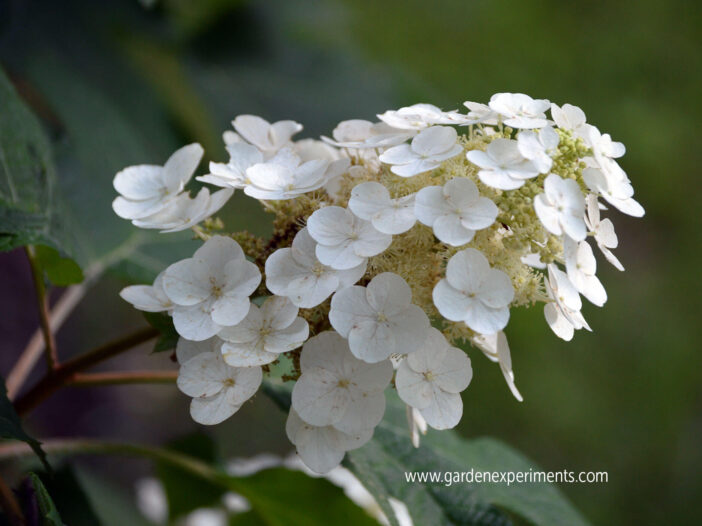
How to Grow Oakleaf Hydrangea
Oakleaf hydrangea (Hydrangea quercifolia) is a mounding, perennial, deciduous shrub that can grow to heights of up to 10 feet and nearly as wide (up to 8 feet generally). It produces branches from the base of the shrub, creating a mound-like shape for the plant. It is hardy in zones 5b through 9, but it […]
How to Grow Mums For Fall Color
It’s nearly the fall season and that means mums (better known as chrysanthemums) will be available for your fall decor very soon. I used to avoid planting mums. I thought they were boring and too ubiquitous in fall. However, I have discovered a couple of mums with a unique appearance and some new colors and now […]
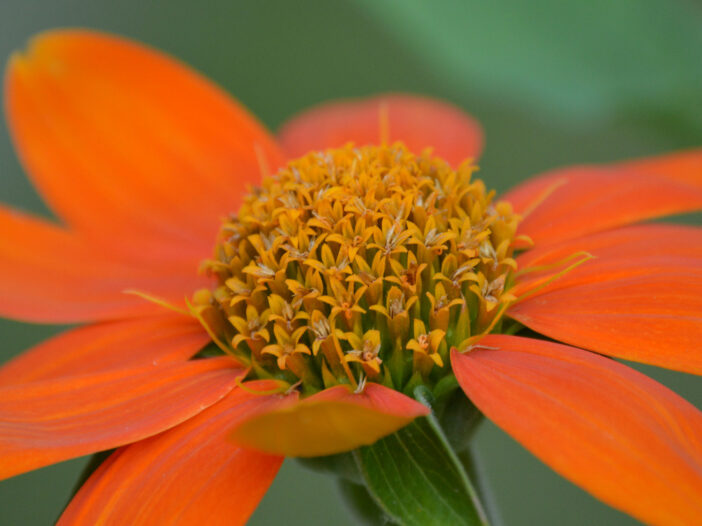
How to Grow Mexican Sunflower (Tithonia rotundifolia)
I love this plant. Nothing says ‘good morning to you’ like a bright orange flower. But it’s not just me! The hummingbirds, bees, and butterflies have all cast their votes too. This afternoon, I saw a ruby-throated hummingbird feeding on one of the flowers. Tithonia is excellent for attracting and feeding pollinators. Mix it in […]
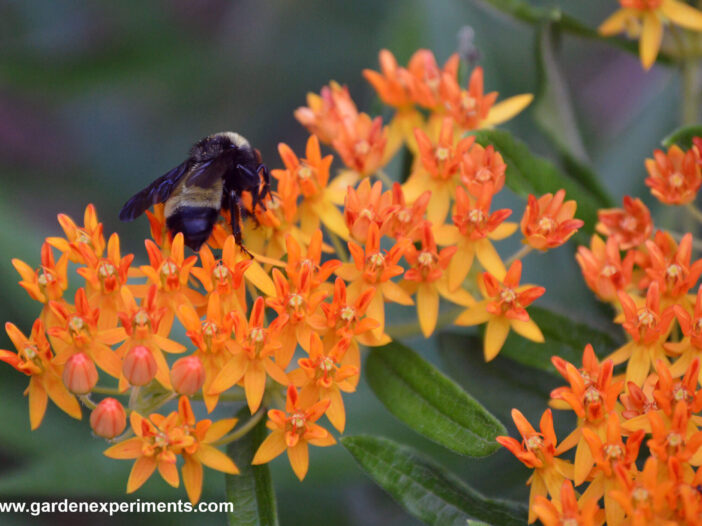
How to Grow Butterfly Weed – Asclepias tuberosa
Butterfly weed grows throughout most of the United States and parts of Canada. It attracts butterflies, bees, and other pollinators and is especially beneficial for monarchs whose larvae feed on the plant’s leaves. It also provides a nice splash of bright orange color for your garden. This native plant is drought tolerant and deer resistant. […]
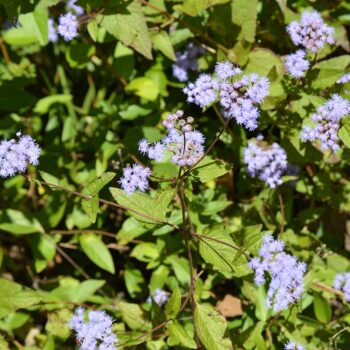
How to Grow Blue Mistflower – Get Lavender Flowers in the Fall
In late summer, pockets of lavender color begin to appear along the sides of roads, at the edge of streams, in old fields, and in wetlands or other moist-soil areas. These fuzzy lavender-colored flowers belong to the blue mistflower, also known as wild ageratum, a plant native to the central and southeastern U.S. Adding blue […]
